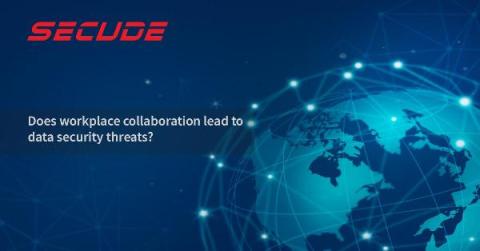During the first months of the last year, Zoom was a little known video conferencing platform with a few million users. However, the spread of Coronavirus across the globe forced businesses and organizations to make changes in their working models. Among them was adopting remote working practices, fostered by several communication and collaboration tools. This is where Zoom's popularity surged, with remote workers using the tool to conduct virtual meetings. However, the explosive popularity of Zoom created several cybersecurity ramifications. The unexpected growth exposed the platform to various security faults, vulnerabilities, and hackers. That said, below are some of the best practices to keep your Zoom meetings secure.











